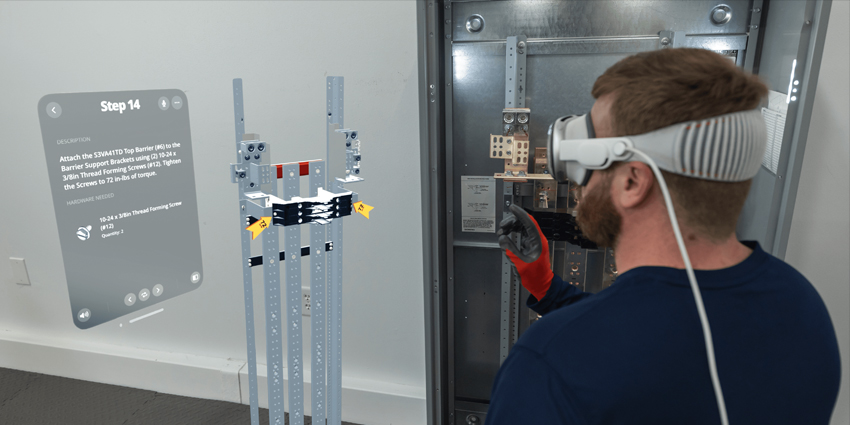Last Thursday, global technology giant Sony released a patent for an in-game blockchain infrastructure that supports the trading and selling of digital assets.
Sony’s blockchain allows participants to purchase in-game items or characters. The system will also enable users to capture gameplay moments such as video clips or images and distribute them as NFTs.
Sony’s technology patent contains a sophisticated distributed ledger which uses unique identifiers and metadata for secure NFT trading. According to the patent filing, users can view an asset’s history, including previous ownership, visual appearance, and metadata.
The new patent encourages e-sports and gaming celebrities to monetise notable moments from gameplay or tournament sessions. Similarly, sports broadcasting companies like ESPN provide fans similar opportunities to own famous sporting moments as an NFT or digital asset.
Sony’s XR Vision
The patent request comes as Sony ramps up efforts to debut the PlayStation Virtual Reality 2 (PSVR2) headset. The sophomore device is due in early 2023.
The device connects to a Sony Playstation 4 gaming console so users can play high-quality immersive experiences. Sony has confirmed a series of launch titles built to showcase the headset’s power, including Horizon Call of the Mountain, No Man’s Sky, Star Wars: Tales from the Galaxy’s Edge – Enhanced Edition, and Cities VR: Enhanced Edition.
Moreover, the PSVR2 contains powerful specifications such as a 100-degree field of view (FoV), 90-120 Hz refresh rate, 4K high-dynamic range video, inside-out camera tracking, Tempest 3D AudioTech spatial sound, and USB-C connectivity.
Fresh Feedback and Input Tech
The device also contains immersive haptic feedback technology in the headset and its accompanying Duelsense controllers. Additionally, in July, Sony teamed up with Tobii to integrate eye-tracking systems allowing for hands-free navigation and input.
The Sony partnership enables Tobii to scale its advanced eye-tracking solution to a new gaming market, including developers and consumers.
The Tobii CEO Anand Srivatsa said the Sony partnership establishes a new baseline for immersive VR entertainment and will enable millions of users worldwide to experience the power of eye-tracking.
Furthermore, according to Tobii, the Sony partnership will represent more than 10 percent of the firm’s capital in 2022.
Sony is also experimenting with hand-tracking for its sophomore VR headset, as seen in another Sony patent filing from May, which revealed integrated technology to translate small finger movements as spatial inputs.
With its hand-tracking tech, the PSVR2 headset completely recreates a user’s hand in an immersive environment. PSVR 2 controllers will also detect “key points” to create a real-time digital template that reacts to a user’s hand movement.
Dualsense controllers leverage pressure-based touch inputs, which detect how a user holds the PSVR2 controller and creates an accurate digital representation of their hand.
PSVR2 headsets also integrate artificial intelligence (AI) and machine learning (ML) networks to complete hand-based animations when a controller loses its pressure-based detection. Sony opened pre-orders for the PSVR2 in November, with the shipping dates estimated for February 22 to 28 next year.







